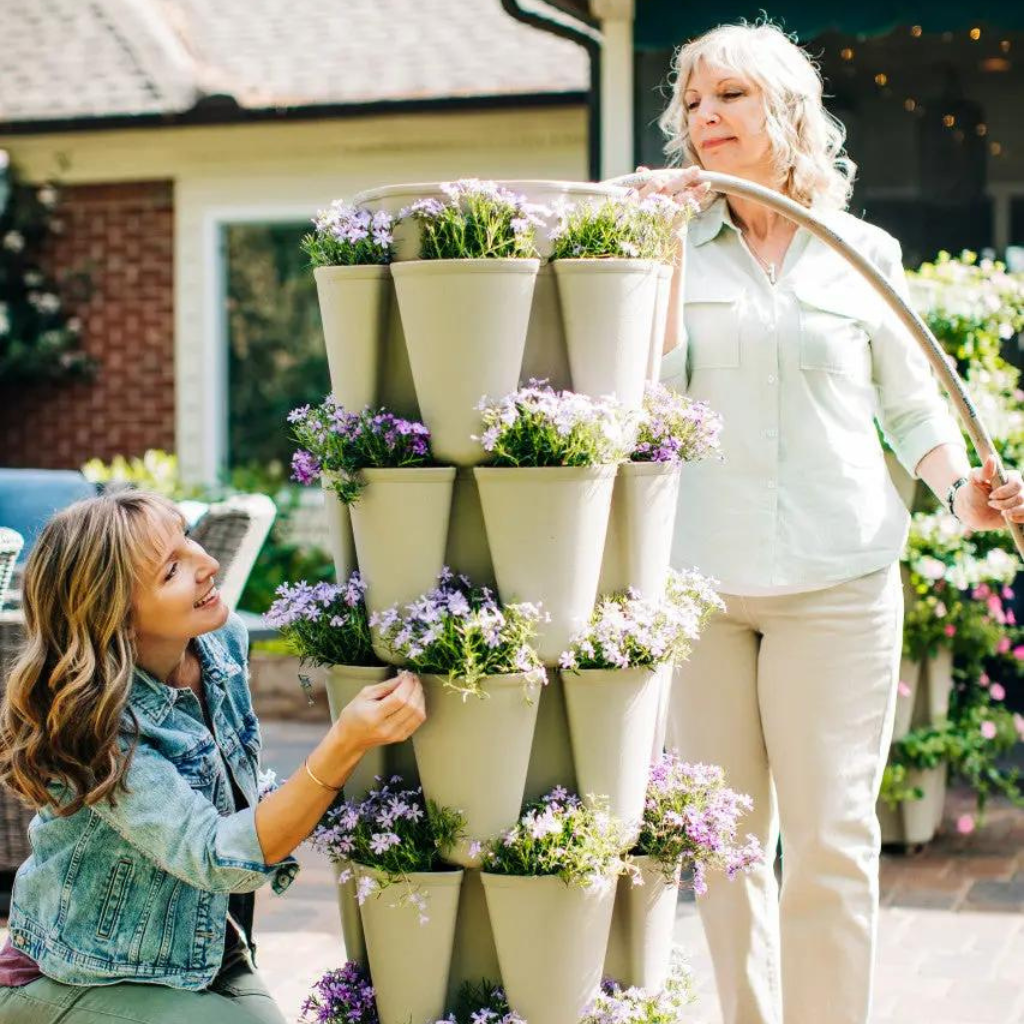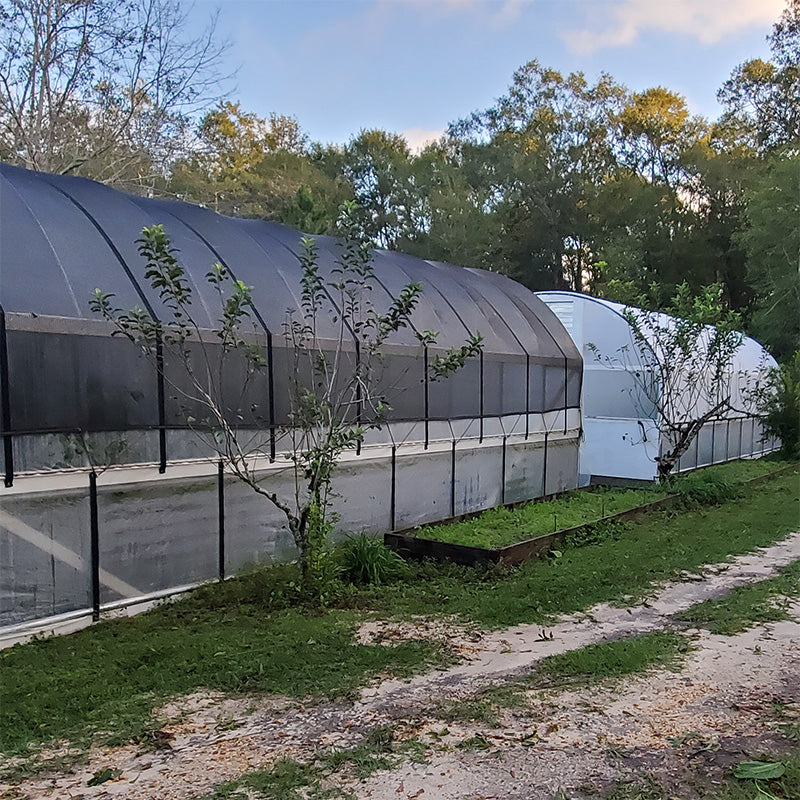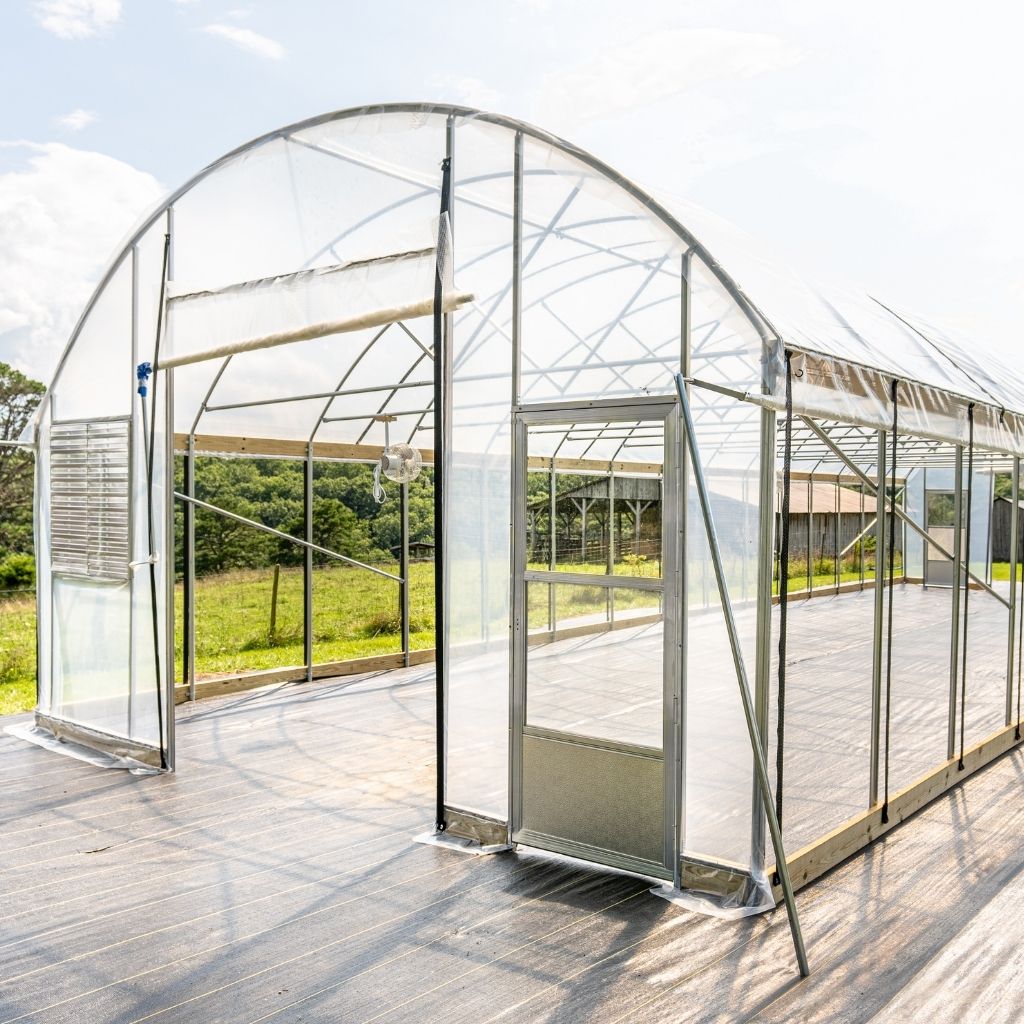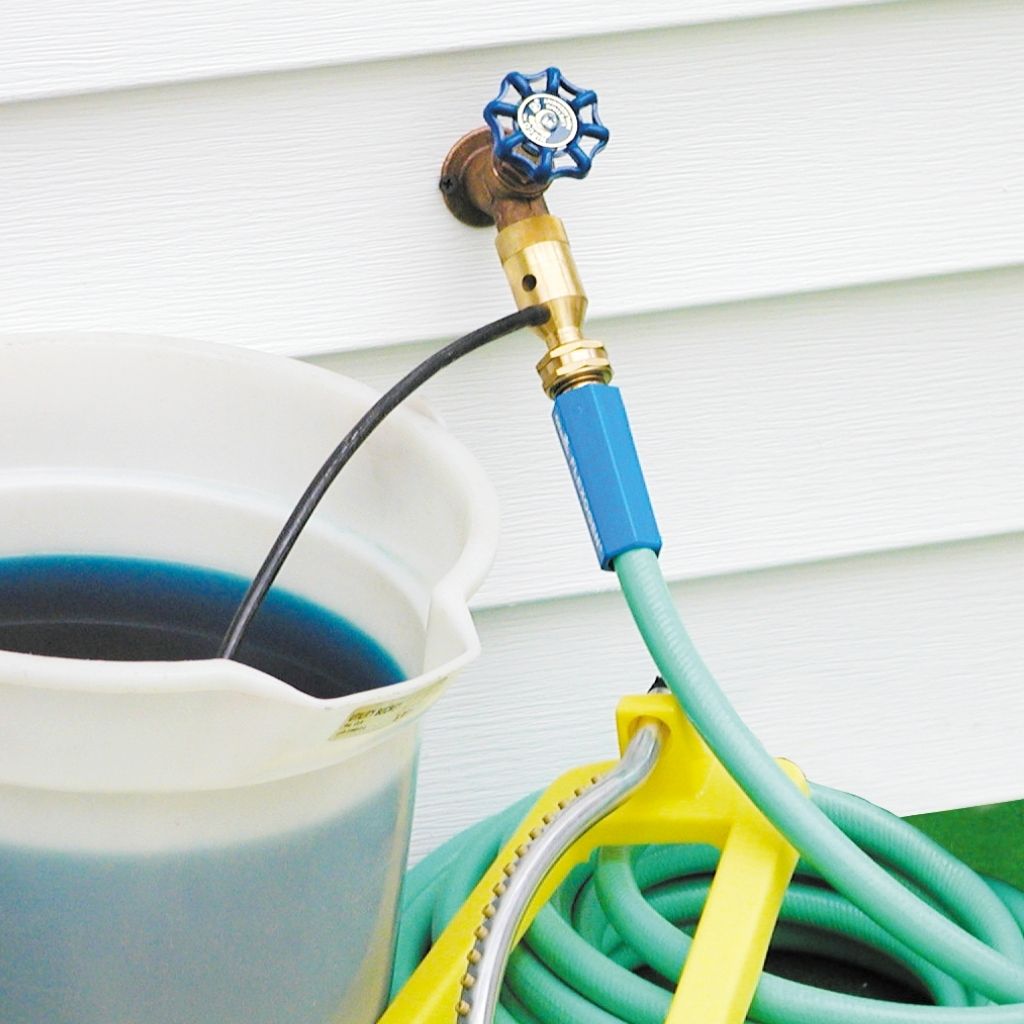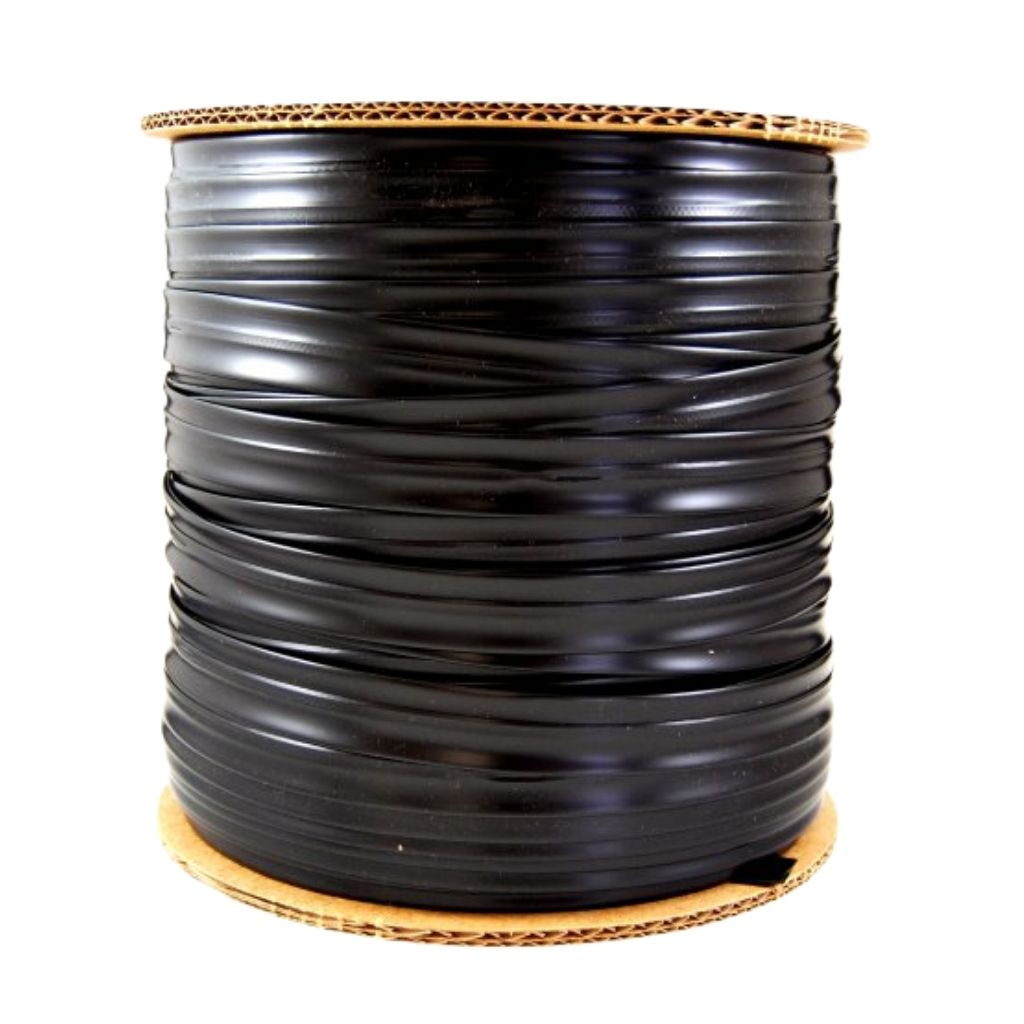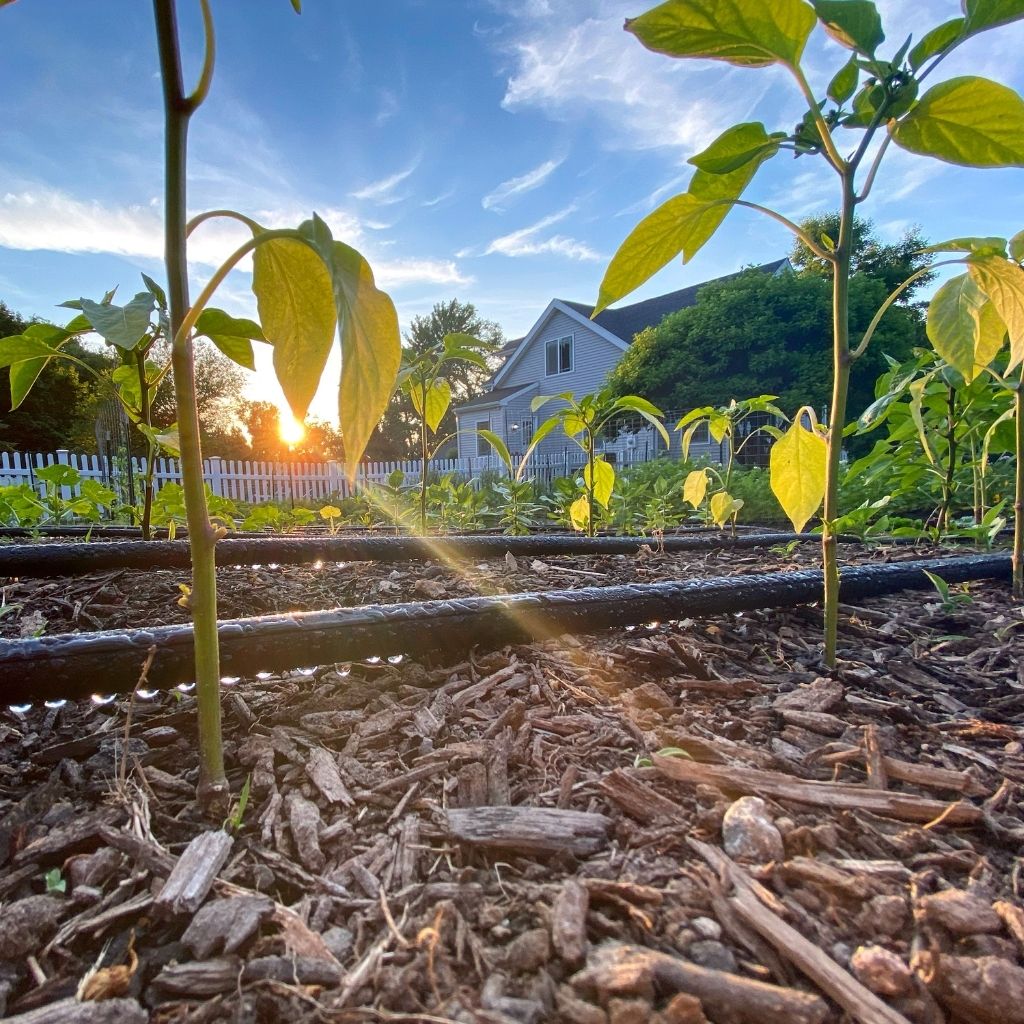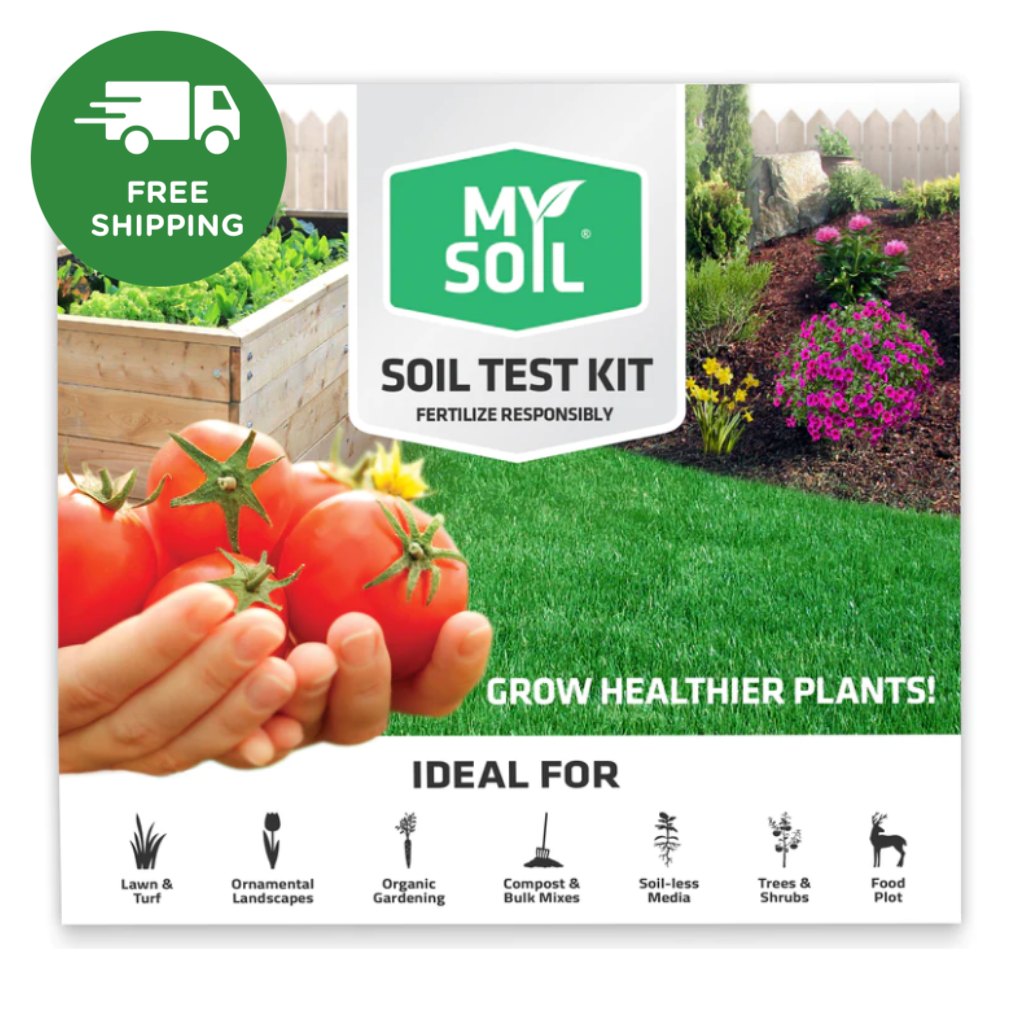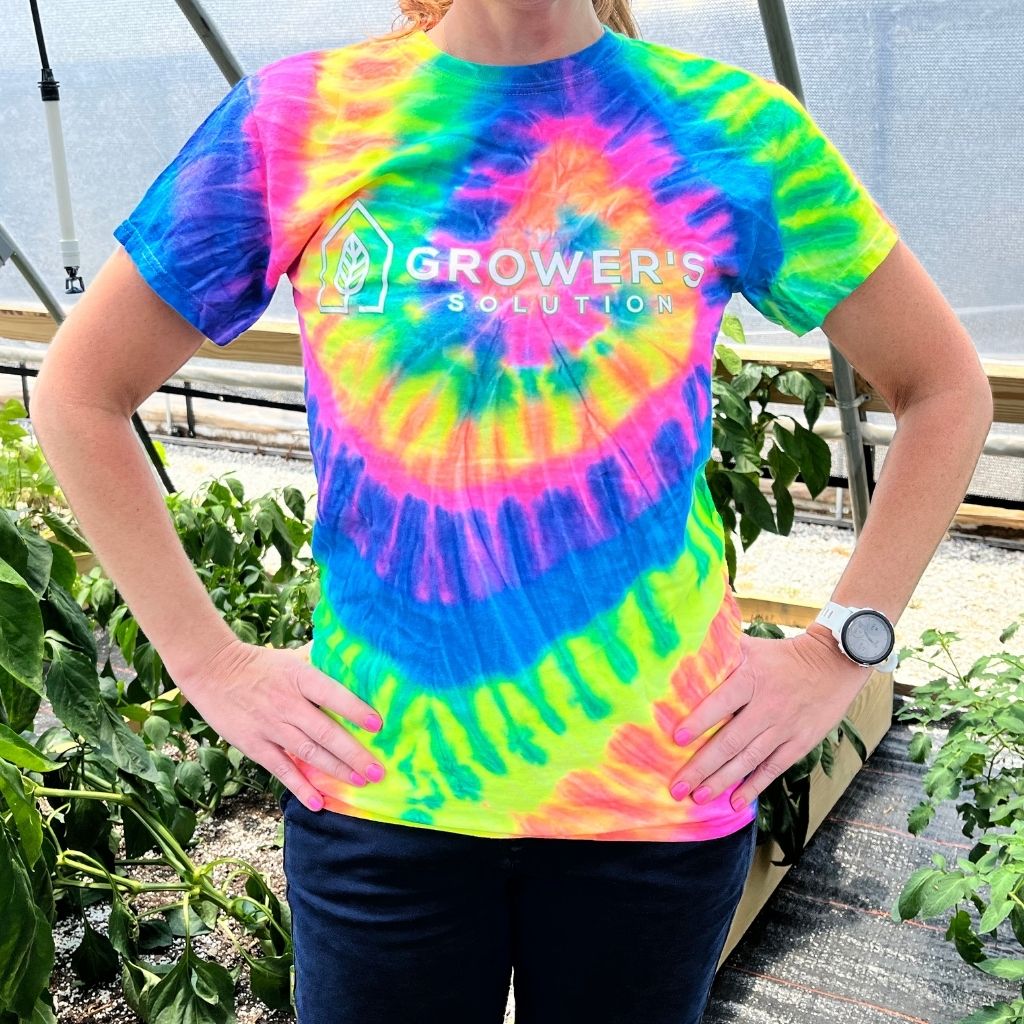Crop Rotation Tips: What crops to follow up with
Crop Rotation Tips

Rotation is not only important for watching nutrient depletion, but also reducing the numbers of bacteria that attacks each type of vegetable family. For instance, lettuce grown in the same spot one year, allows all season, specific bacteria to build up that does not reach toxic levels, and is safe for consumption. If lettuce is grown in the same spot for multiple harvests, however, quality begins to decline.

That is why crop rotations are important. Beans, and peas should follow your lettuce, spinach, and brassicas (or broccoli family) in the same spot lettuce was grown. The next harvest of vegetables from the exact same plot should be planted with onions, garlic, turnip, beets, or carrots. Following the root vegetables are tomatoes, cucumbers, peppers, eggplant, squash, and melons. Do not forget in between each crop rotation, additional organic matter, compost, and soil amendments are necessary because of the production of vegetables.

Crop rotation is not as important for keeping up with nutrients, as it is for limiting the growth of toxic levels of bacteria. So, before season starts, try to remember which spot grew what, and plant a different species. This will improve the quality, and especially the shelf life of the vegetable or fruit you are growing. Implement a crop rotation, not just for soil erosion, but also for your own health.



